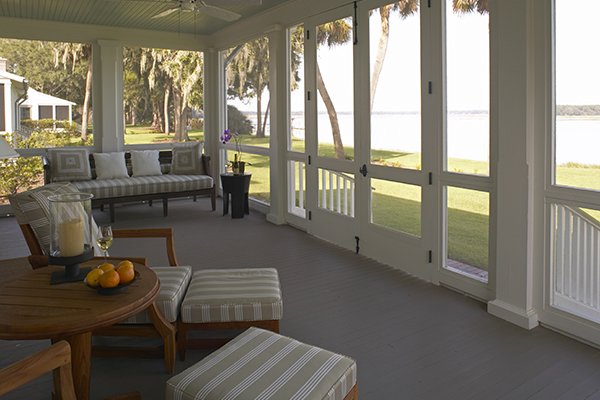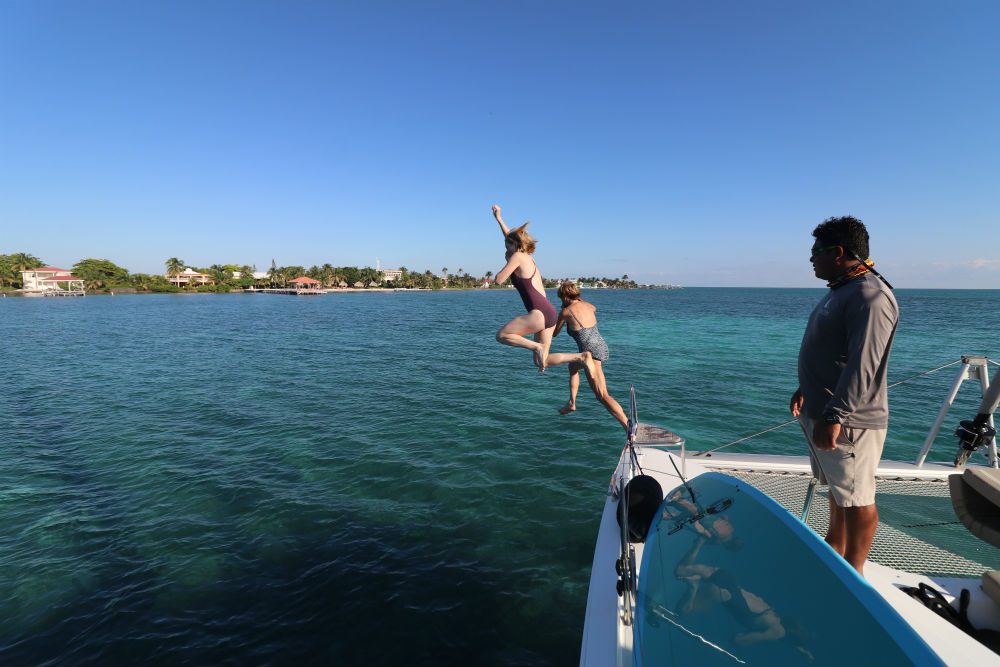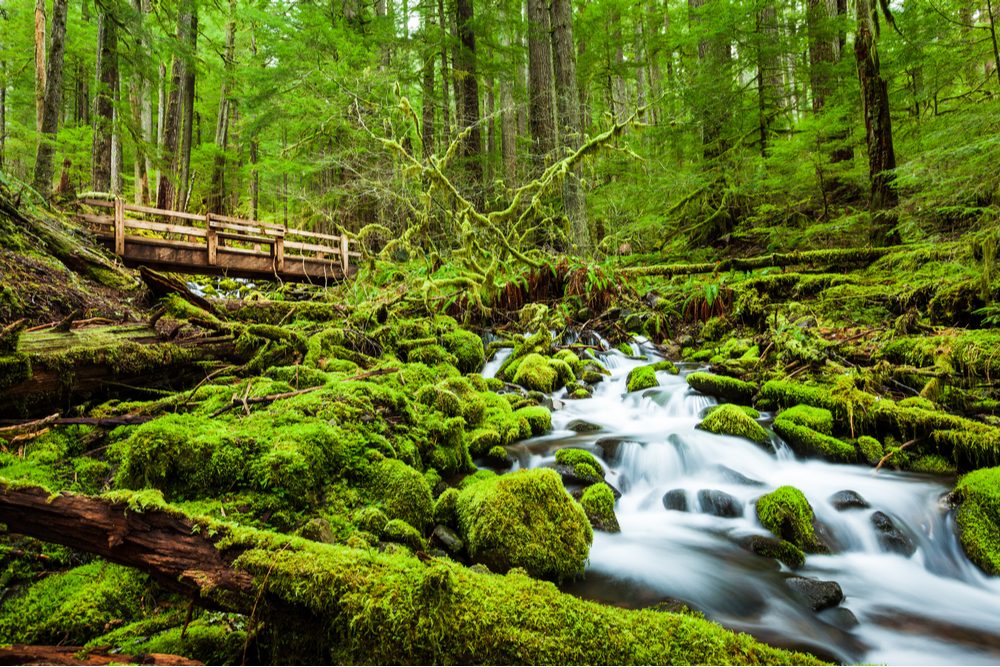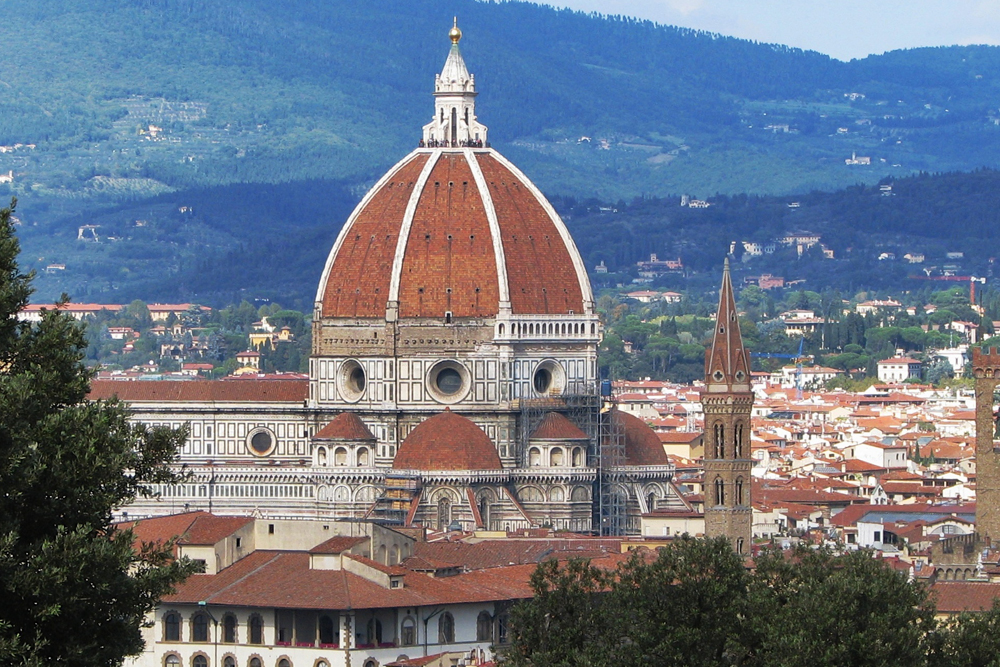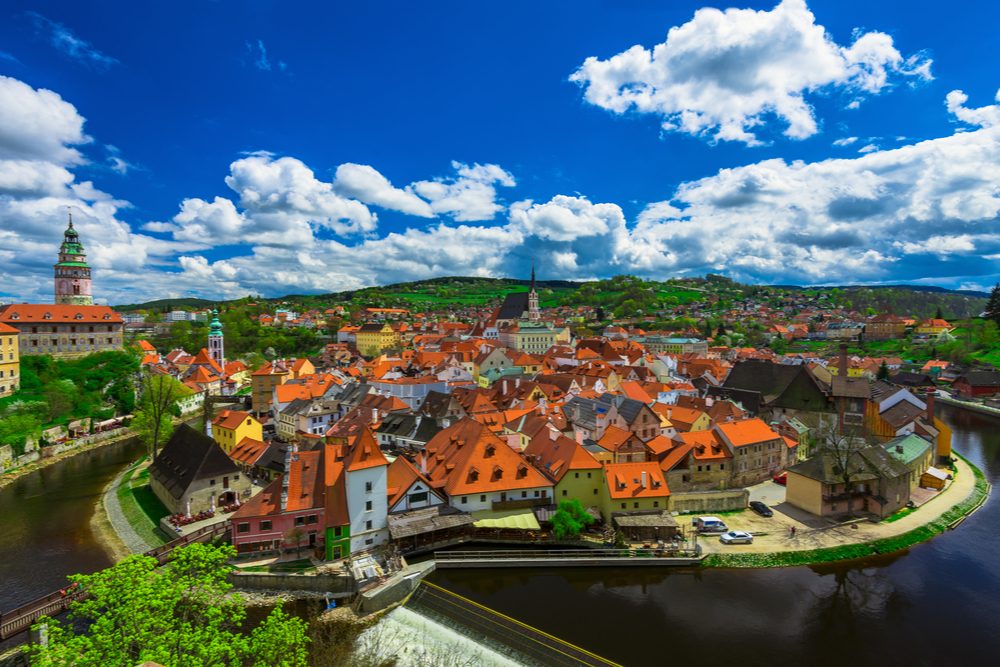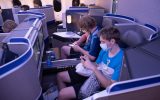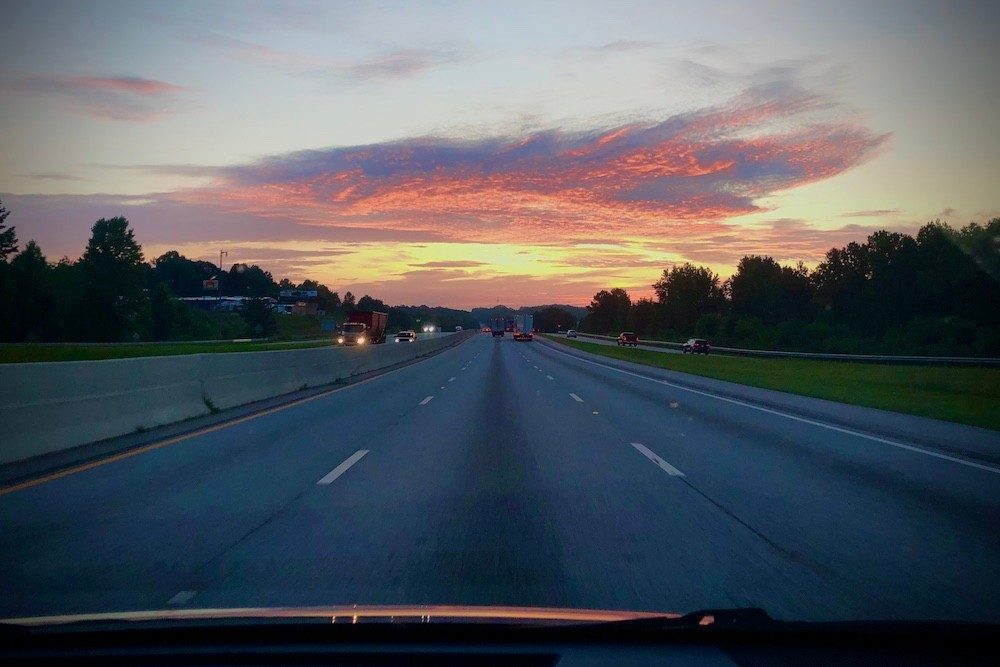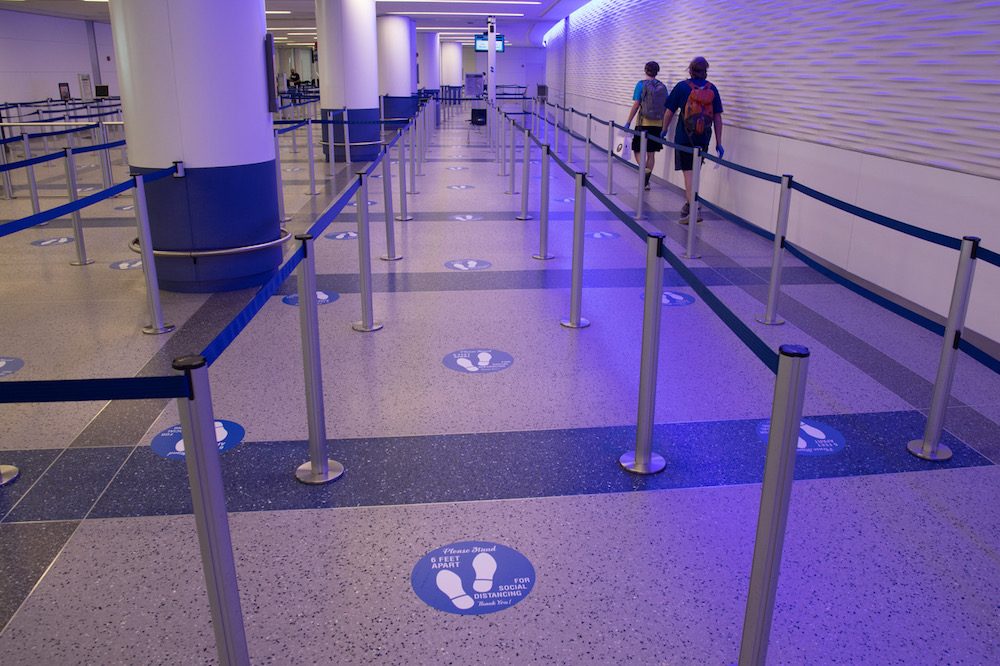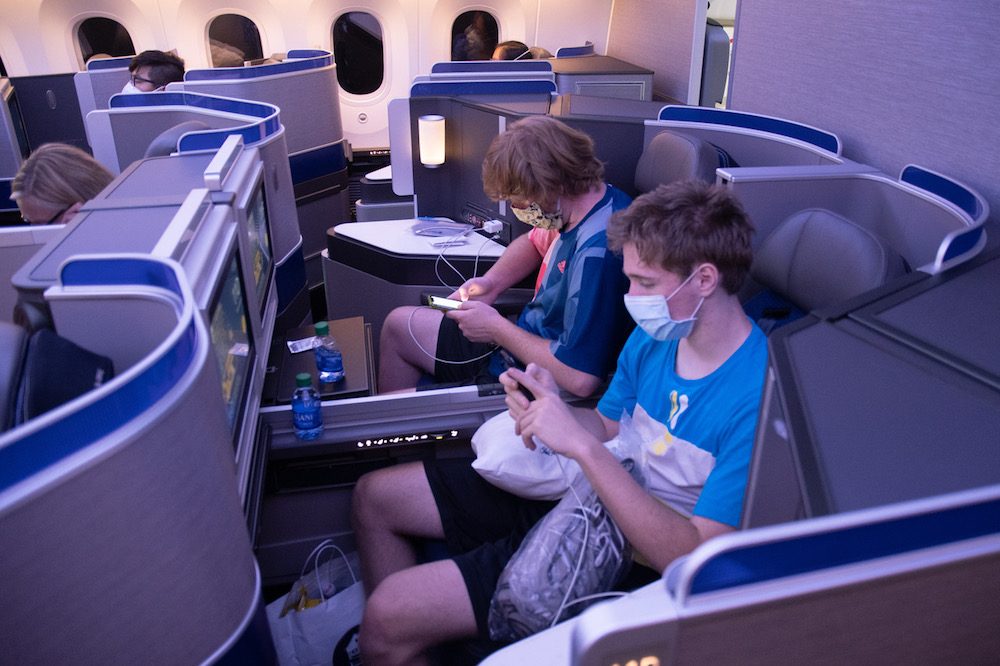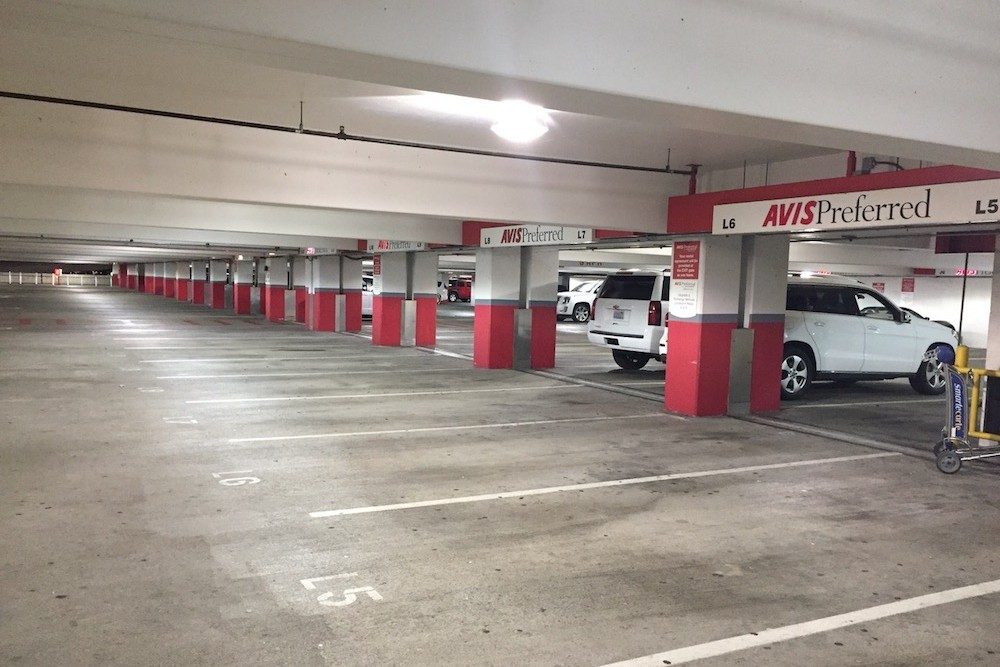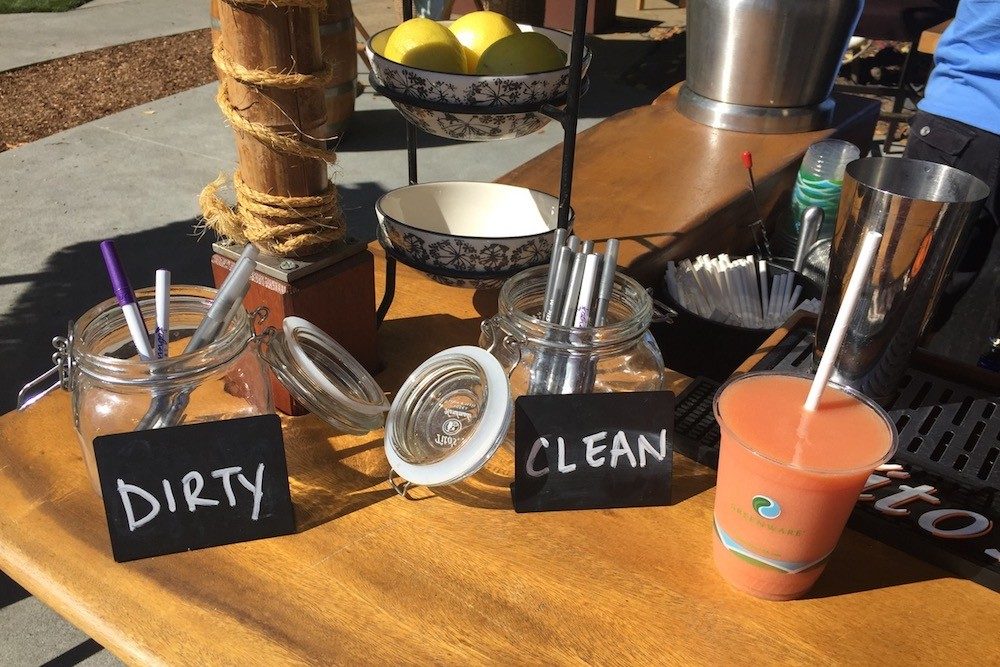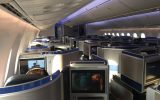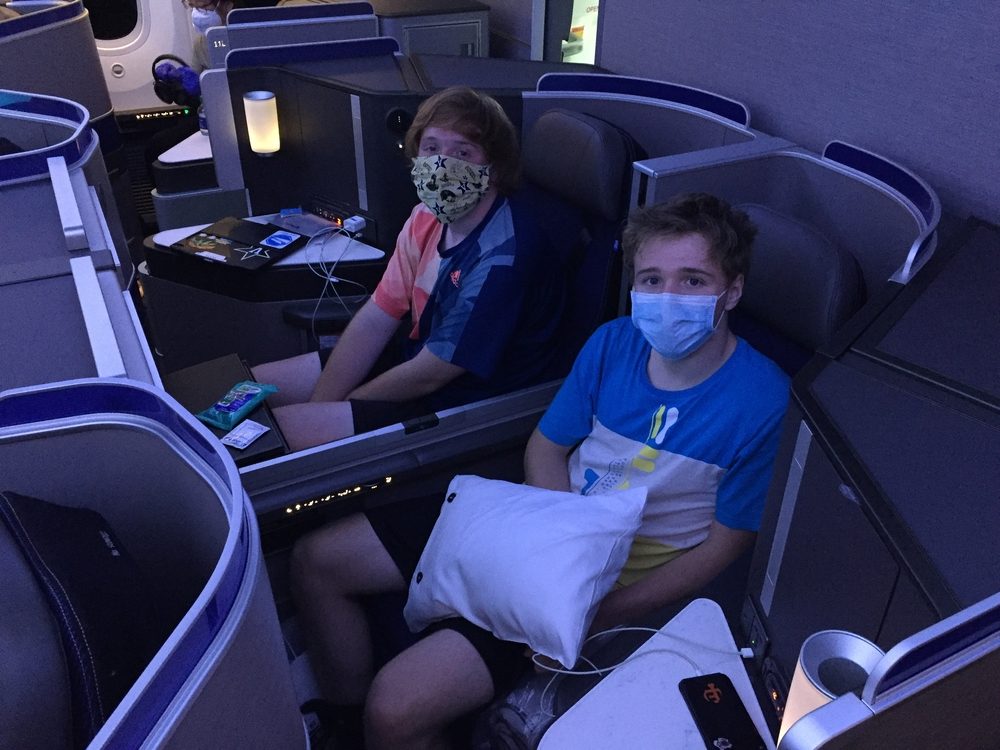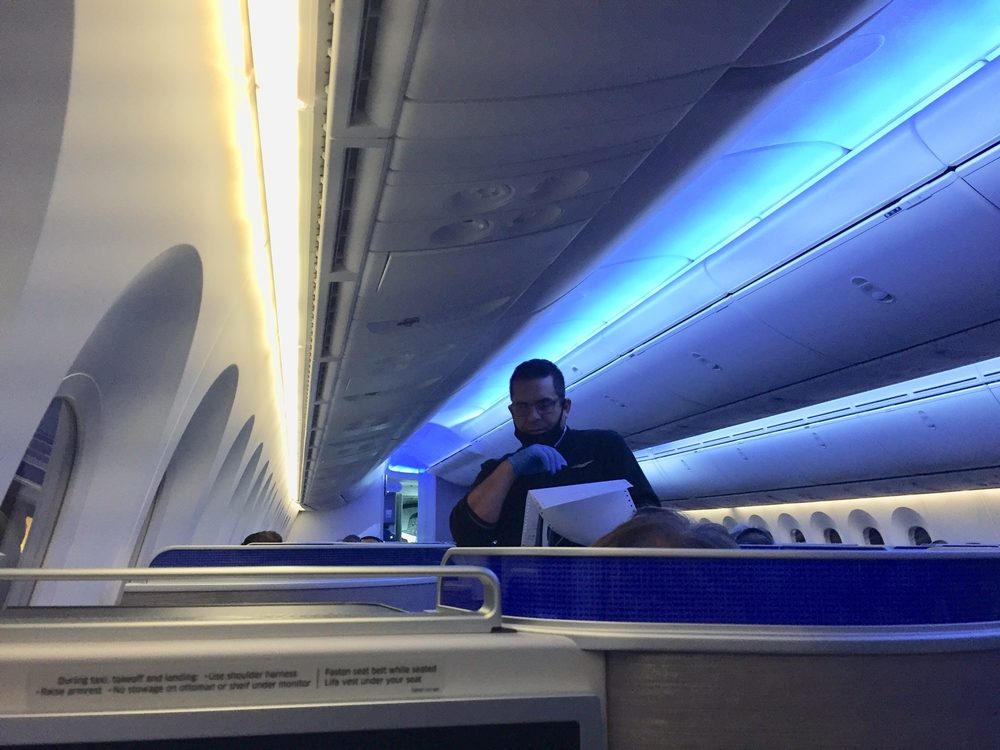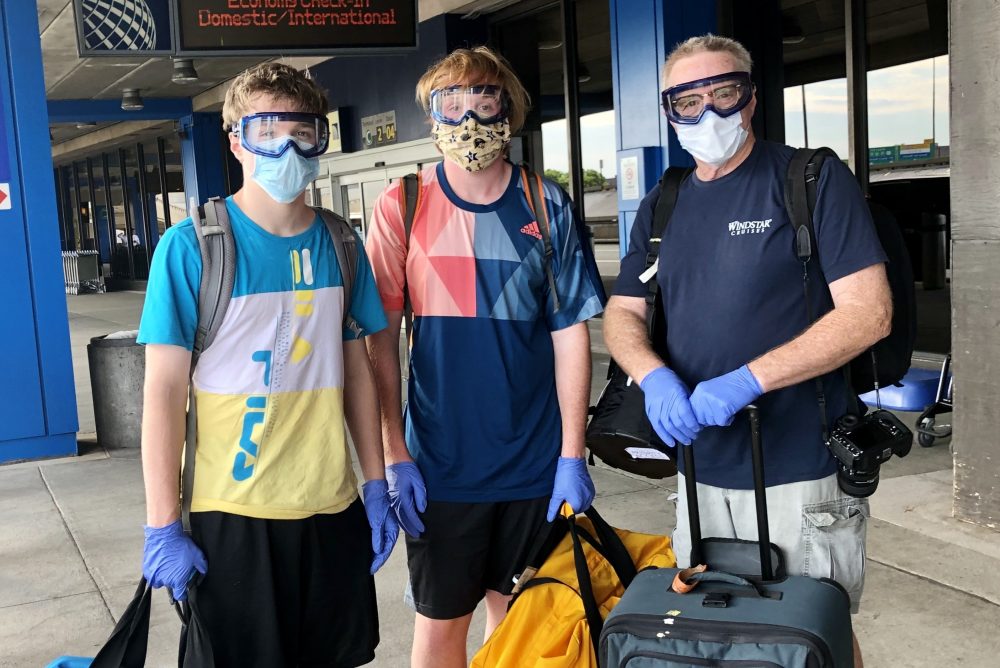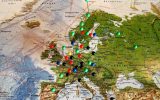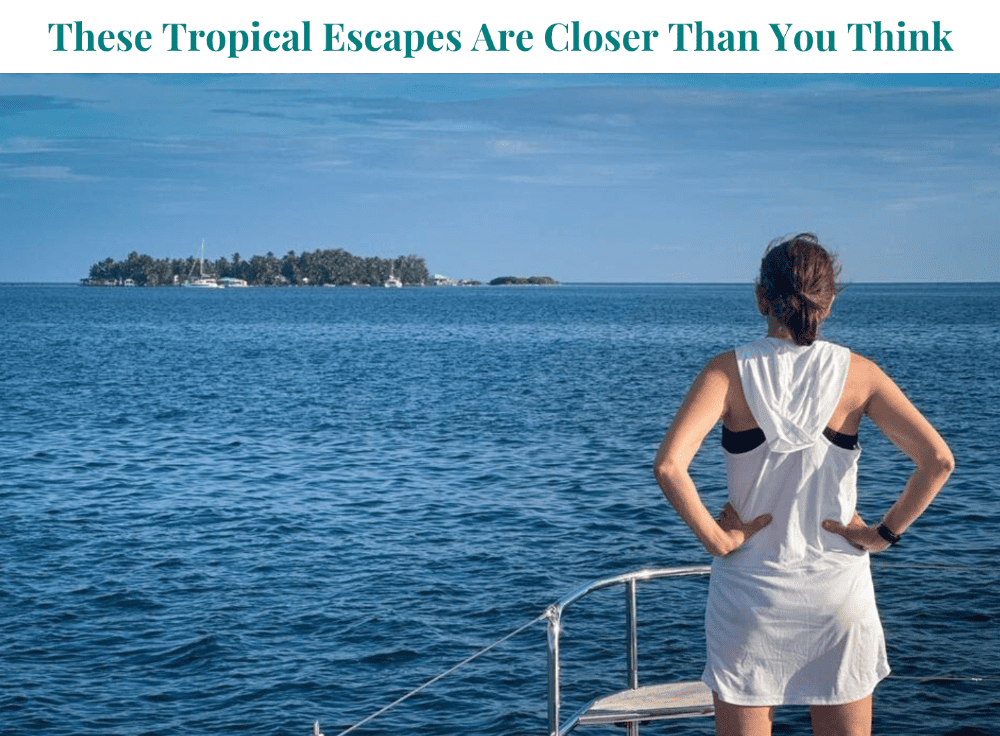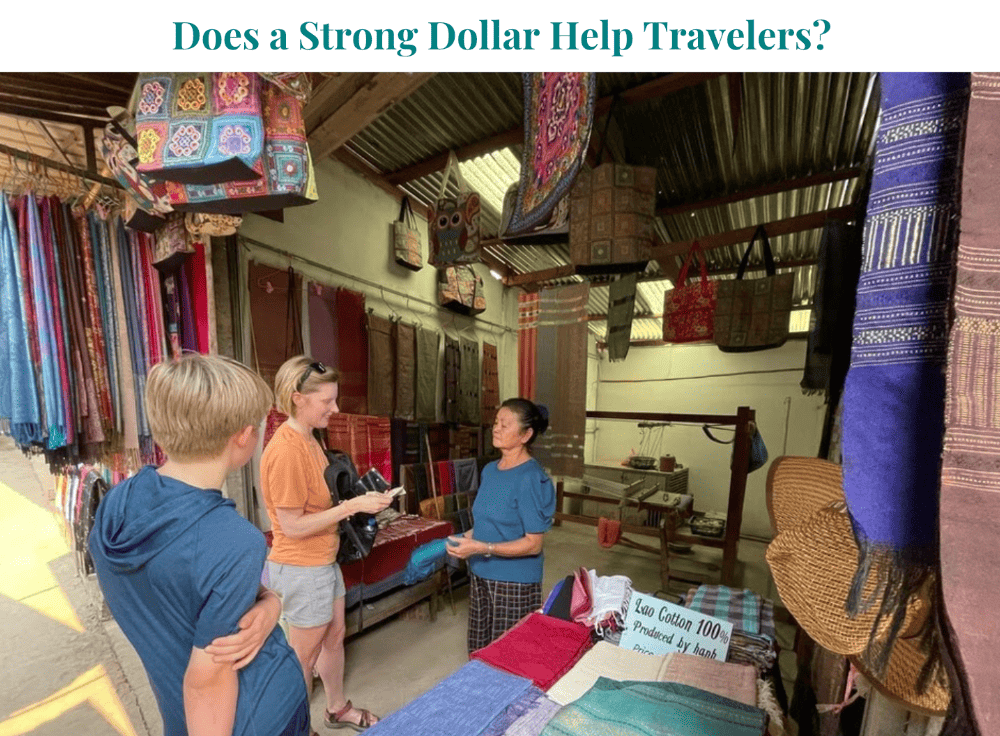For families with kids in school, the holiday season will look different this year. Many schools that students travel to get to—private schools, boarding schools, colleges—have decided to end on-campus instruction by Thanksgiving, thereby preventing the spread of coronavirus infection that could result from students traveling en masse back to campus after Thanksgiving and home again for Christmas only three weeks later. Of course, many children have been remote-schooling since August or September anyway and will continue to do so through the end of the year. This is leading some parents—those who are working remotely and can do so from anywhere—to consider a change of scene with their families for an extended time.
Some families are trading in their homebase not just for the period between Thanksgiving and Christmas, but for the entire six to eight weeks from mid-November through mid-January. They are seeking beautiful resorts, ranches, and wilderness lodges with private villas, cabins, and cottages in outdoorsy locations—and with strong Wi-Fi, good office and educational resources, and a ton of after-school options that will ensure everyone can get away from their screens to be outside, breathe fresh air, and enjoy new activities. And if they work with an expert, they can arrange special location-specific experiences too, such as snorkeling with a marine biologist or learning a second language with a native speaker.
Meg Austin, a trip-planning specialist on The WOW List who lives in Vail, Colorado, and specializes in ski, dive, and Caribbean vacations, has a name for these multi-week escapes: “Zoom Aways.” She has been helping families pull together safe and satisfying extended getaways, allowing for both work and play, mainly in beautiful settings around the United States. As someone who raised two daughters while working from home and who knows how taxing it can be to juggle multiple jobs at once, Meg is full of ideas. “Kids are going crazy,” she says. “At those ages, without the social aspect of school and the opportunity to get your wiggles out, there’s got to be a better way.”
Where to go for a “schoolcation”
Meg has been collaborating with beach and ski resorts in North America and the Caribbean to make these extended “schoolcations” rewarding. For example, Auberge Resorts Collection can provide tutors and dedicated caregiver services at their mountain properties in the American West. In Mexico, the Four Seasons Punta Mita offers a study buddy program, a tech hotline, and after-school sports classes. And if you book a two-bedroom suite at the Waldorf-Astoria in Park City, Utah, Meg can get you a free upgrade to a three-bedroom and turn the third room into an office.
Zachary Rabinor, a Mexico specialist on The WOW List who lives in Puerto Vallarta with his two young sons, is seeing a similar trend: Families wanting to rent private homes and villas in charming beach locales, some for months at a time. Since Mexico never closed to air traffic during the pandemic, he’s been doing this for a while now. “They’re more like relocations,” he says of this type of extended stay. “People are thinking, instead of going for a week between Christmas and New Year’s, why not go for a month? The working-from-home and virtual-schooling have removed any fetters of physical location.”
A state-of-the-art set-up
In addition to finding accommodations that support long-term stays—whether they be resorts, all-inclusives, or private homes or villas—the right trip planner can ensure that everyone in the family has what they need to do their jobs remotely. That can mean arranging for tech upgrades so that the Wi-Fi can support multiple Zooms, Google classrooms, and video conferences at once. “There’s intensive use of the internet now,” says Zach, “and the bandwidth needs to be different than what people would accept if they’re just on vacation.” To that end, it’s enormously helpful to use a travel specialist who, like Zach, knows which local internet companies to call, speaks the language, and can have someone on hand to make sure the work is completed to the families’ requirements.
A school support network
The work/school hardware is only part of the puzzle for a long-term trip; kids may need tutors, parents may need nannies—and often they need a combination of both.
The right trip designer can source that too, from a reliable pool of candidates; for example, a helper to get the kids ready for school in the morning and then take them out to the slopes for a few hours afterward, a babysitter to keep the family occupied while mom finishes a late-night meeting, or a Spanish speaker to teach everyone the local language.
Indeed, if the kids need local tutors in any subject, a travel specialist who is plugged into the area’s schools and the education community is a life saver. In Mexico, Zach says, “As you can imagine there are a lot of teachers who, because of the Covid situation, are on reduced hours; they’re looking for work and we’ve got it, so we are getting education professionals.”
Most important is to make sure that whoever you’re bringing into your vacation bubble is safe and following recommend hygiene protocols—and maybe even getting tested before they join you.
Extracurricular activities
On an extended school/work-cation, there are many opportunities for adventures outside of the classroom (or hotel room). The best ones won’t feel like school, but they may be just as valuable, or moreso. Because in addition to providing everyone a chance to get away from their computer screens and move around, these kinds of activities can give kids and grown-ups the chance to rebuild some of the social and recreational fabric that’s been missing after long months of lockdown culture. For example, lifelong skier and diver Meg can hook kids up with ski guides and SCUBA trainers; she can arrange for flora and fauna specialists to take them hiking, or a marine biologist to take them diving. Zach, a surfer, can set up surf lessons and find ways to integrate with local kids or sports teams. They can all do much more, of course: Hiking, biking, horseback riding, swimming, bird-watching, fishing, snowshoeing—all kinds of activities are available, and they can be enjoyed safely and privately.
Peace of mind and unexpected perks
In addition to helping families fulfill pre-travel requirements, such as Covid testing or health paperwork, ace trip designers assist with unusual logistics based on the latest rules, restrictions, and services of the countries or states their travelers are visiting. (For example, the Dominican Republic is providing all hotel guests with a free “travel assistance plan” of emergency Covid-related coverage through December 2020, whereas Costa Rica requires that travelers arrive with proof of their own medical insurance that covers Covid-related bills; see more in The Countries That Have Reopened to U.S. Travelers.) And they will know if you’ll need an extended visa for a long-term stay and how to get one.
They’ll think of the day-to-day needs too, such as grocery delivery and safe housekeeping services. Want to bring your dog, but need a pet sitter for when you hit the slopes? No problem. Want a list of the best local doctors? Done. Meg is even arranging to have a Christmas tree in place for one family who will be spending the holiday out West. “If you dream it, I can make it happen,” she says.
As for pricing, WOW Listers can often negotiate lower prices even during peak holiday season. And they can secure free or discounted amenities that easily add up if you’re staying somewhere for a month or longer—daily breakfasts, for instance.
We’re here to help
Right now is a remarkable opportunity for global travelers who are vaccinated. When your friends say that travel is problematic as a result of the pandemic—rental cars aren’t available, service even at 5-star hotels is shoddy—the problem is they’re not planning their trips right! Travel can be spectacular now if you choose the right destination, know the savviest local fixers, and approach them the optimal way. Check out these recent trip reviews to see the difference that Wendy’s WOW approach to trip planning makes. And if you’re looking for a similarly carefree travel experience, contact us at Ask Wendy.
Be a smarter traveler: Read real travelers’ reviews of Wendy’s WOW List and use it to plan your next trip. You can also follow her on Facebook, Twitter @wendyperrin, and Instagram @wendyperrin, and sign up for her weekly newsletter to stay in the know.

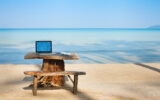
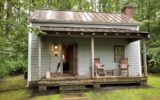

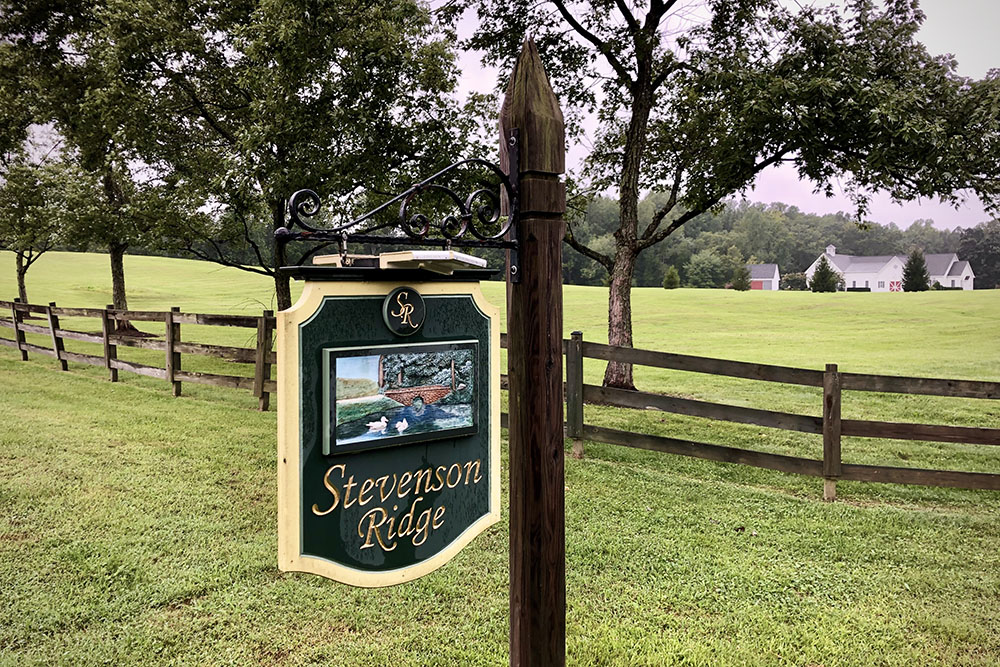
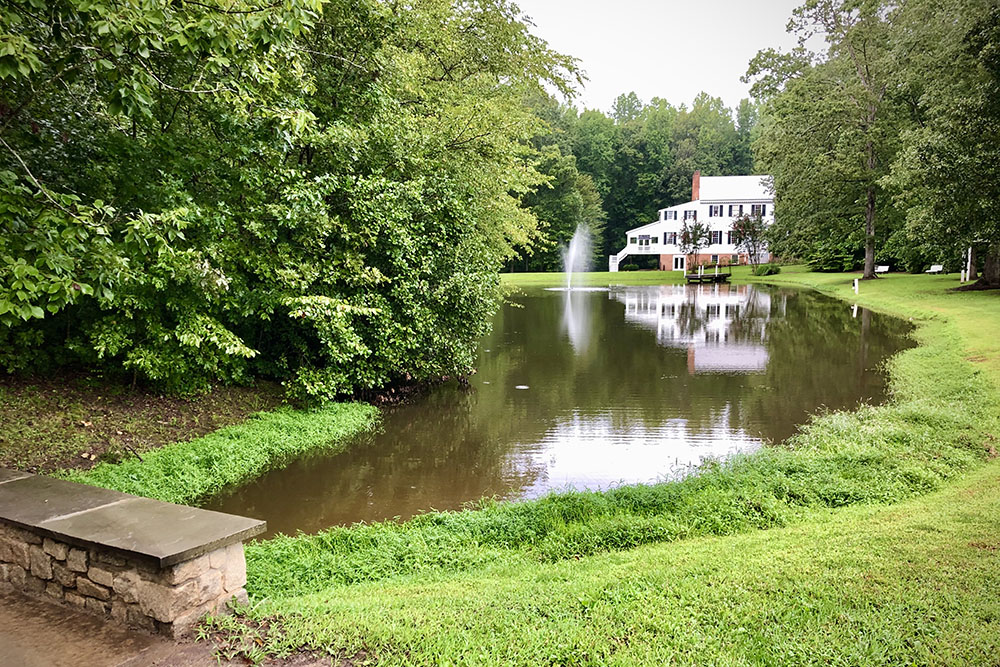
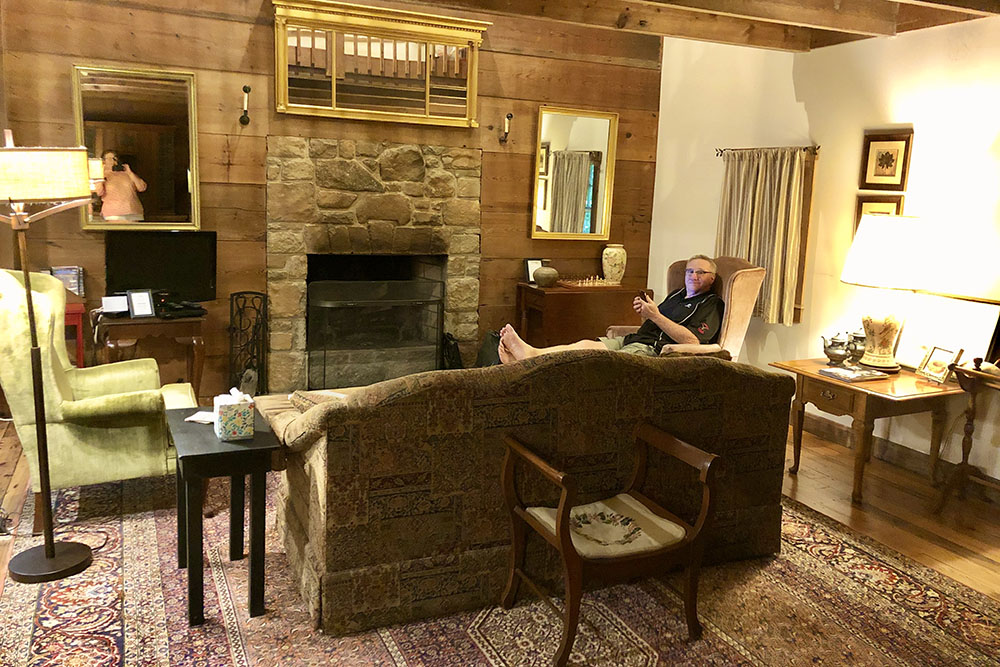
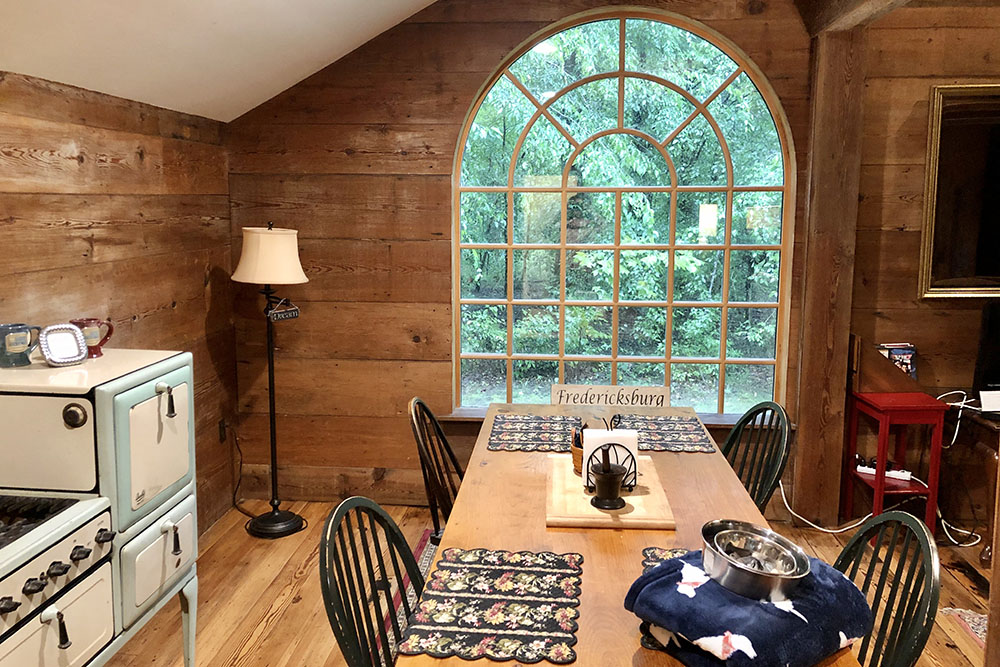
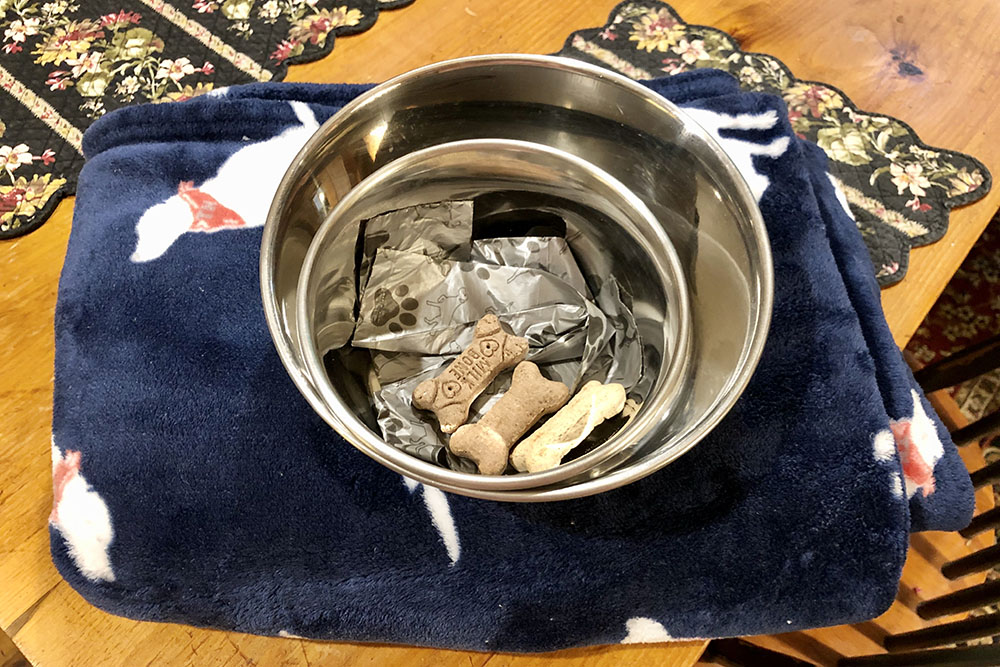
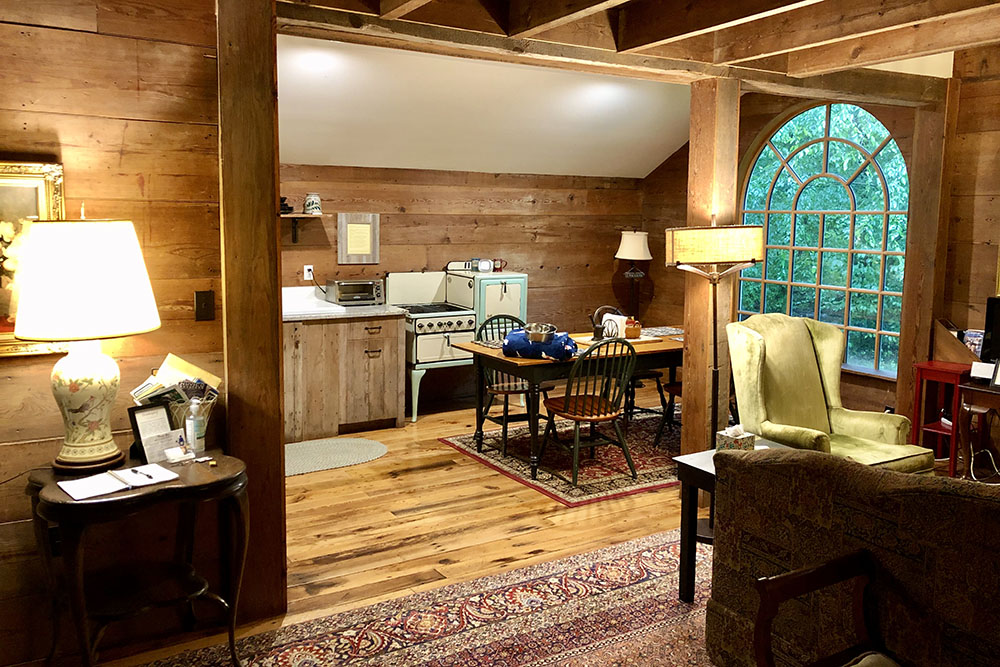
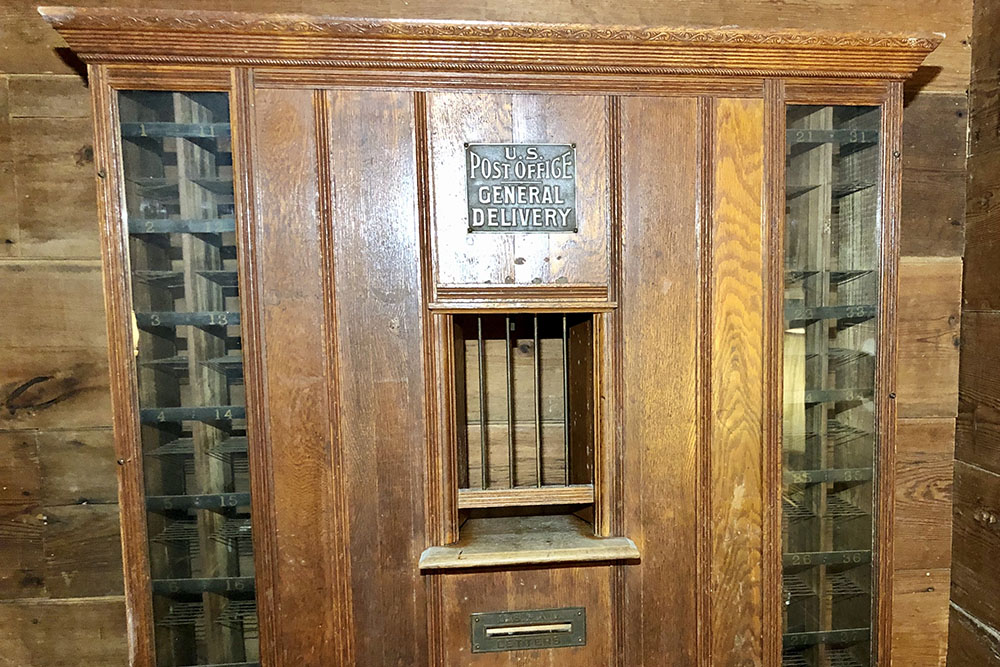
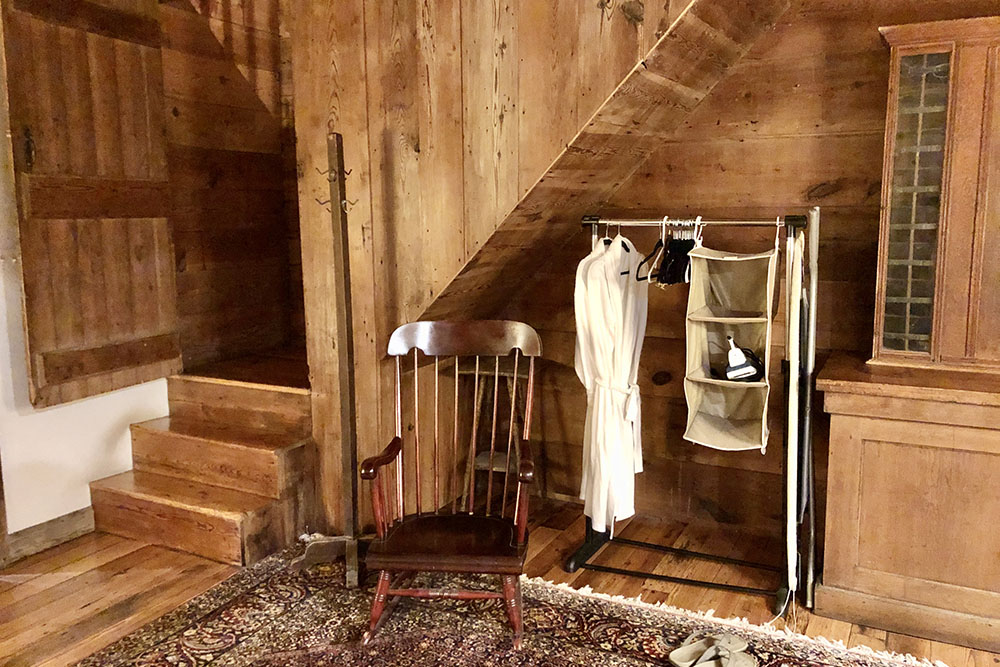
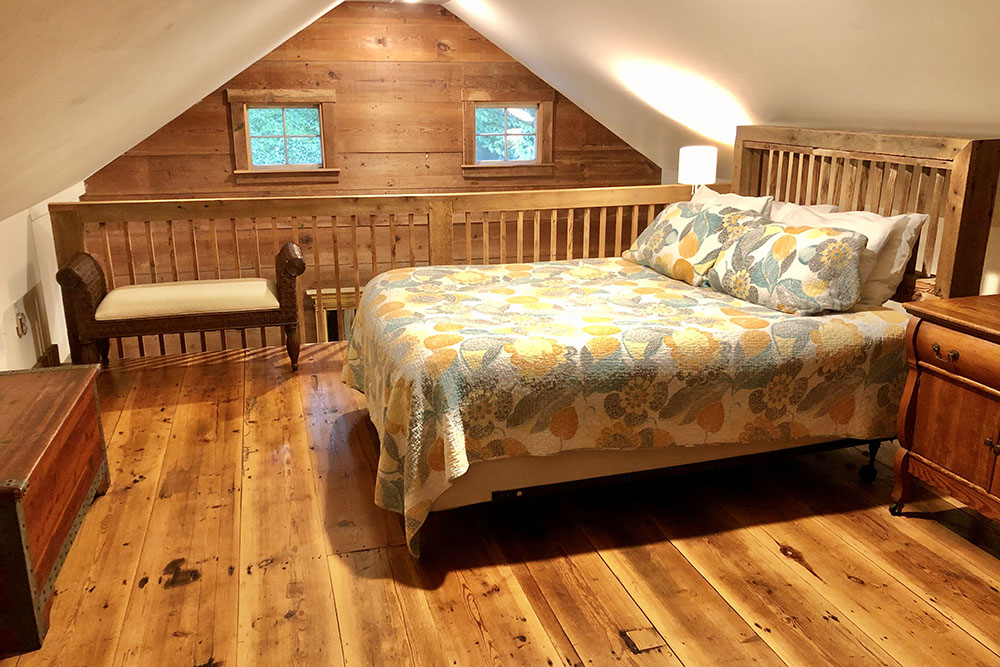
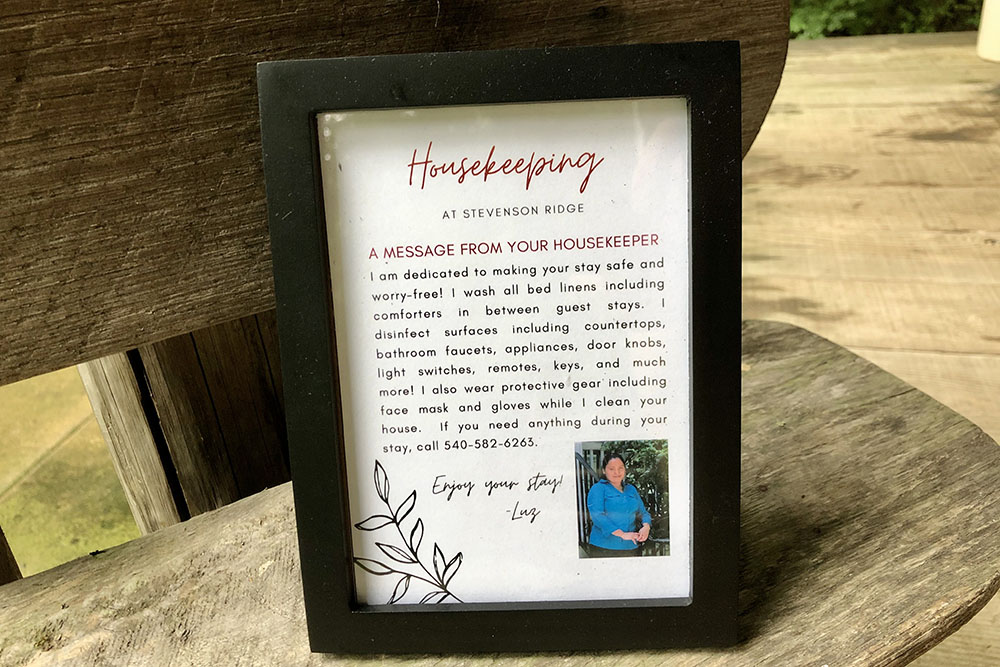
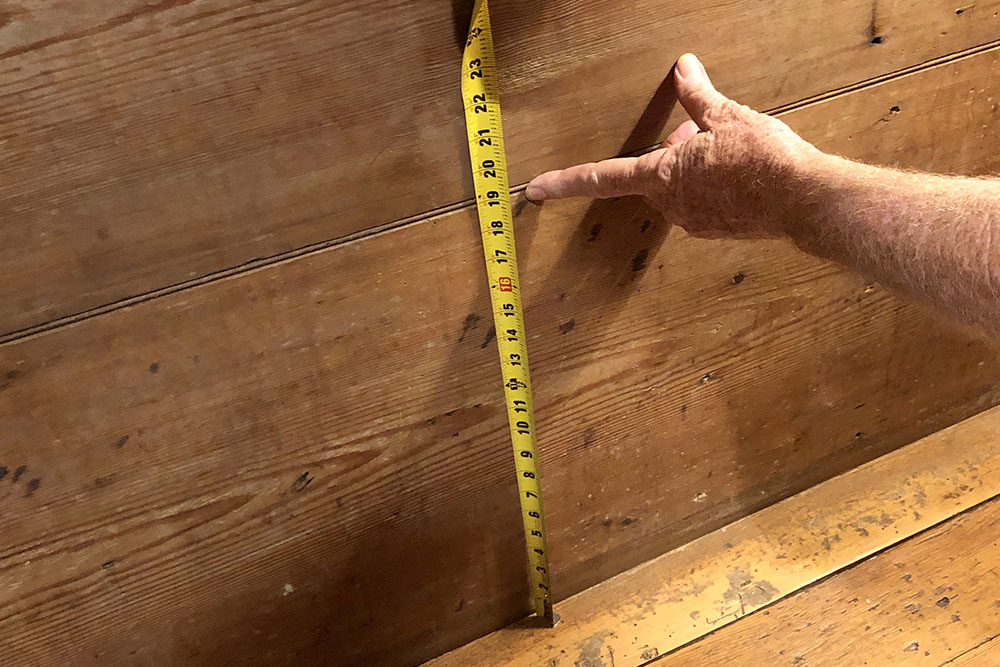
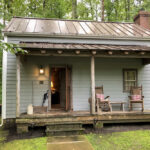
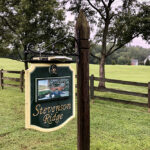
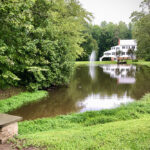
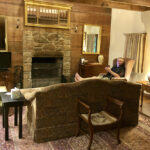
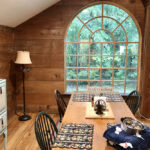
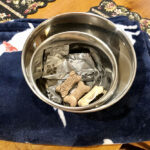
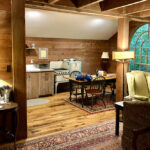

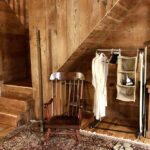
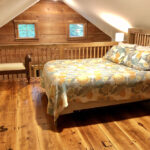
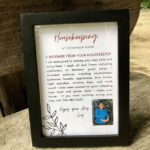
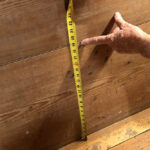
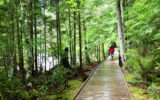
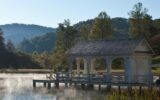
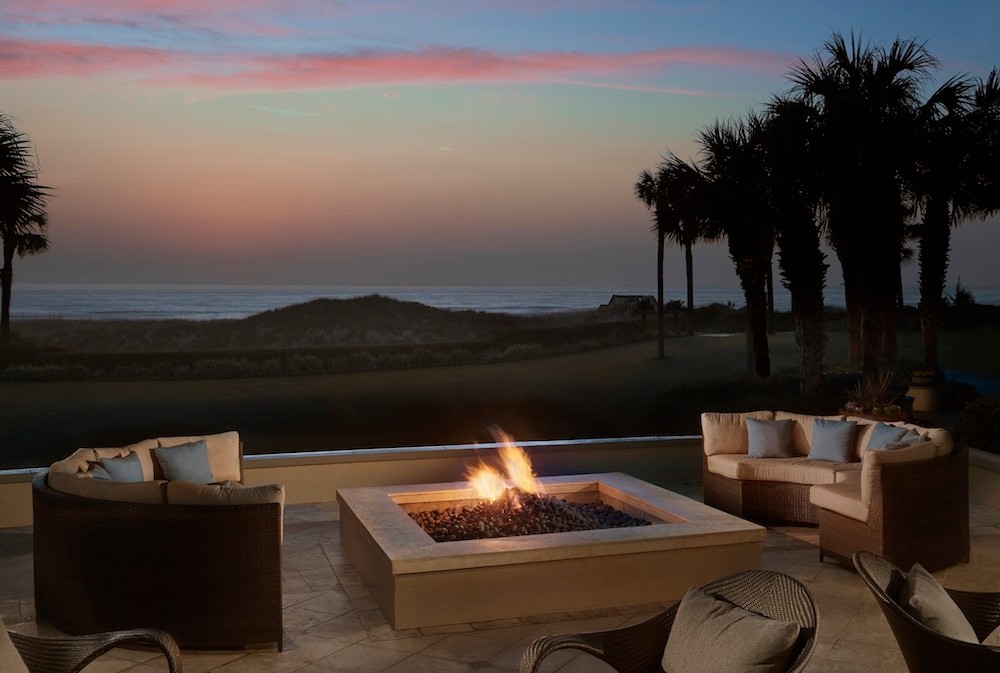
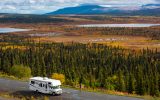
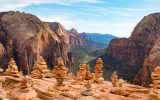
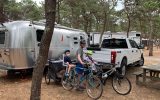
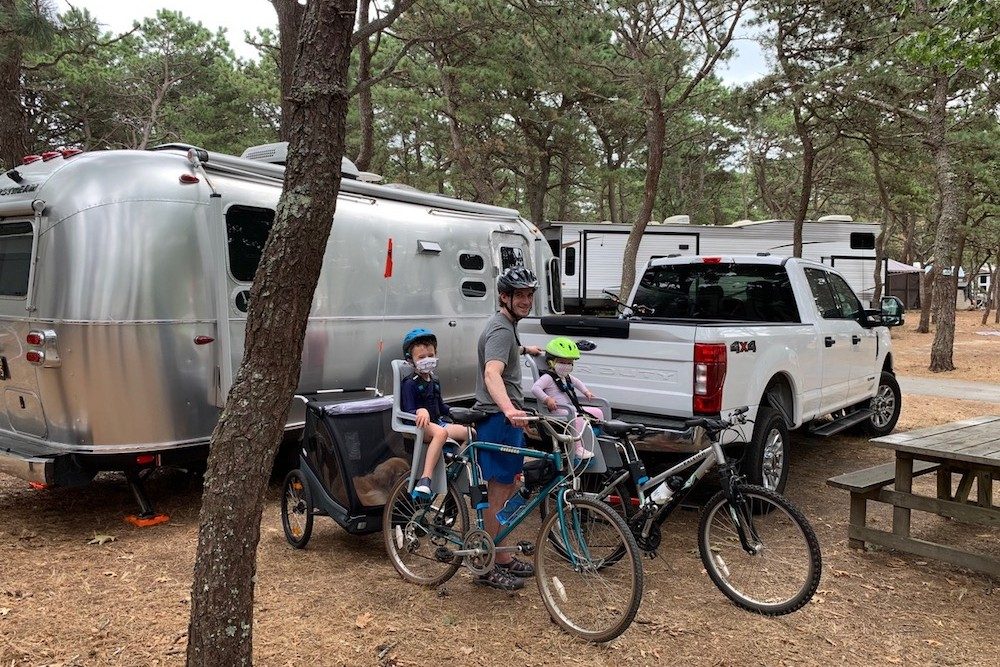
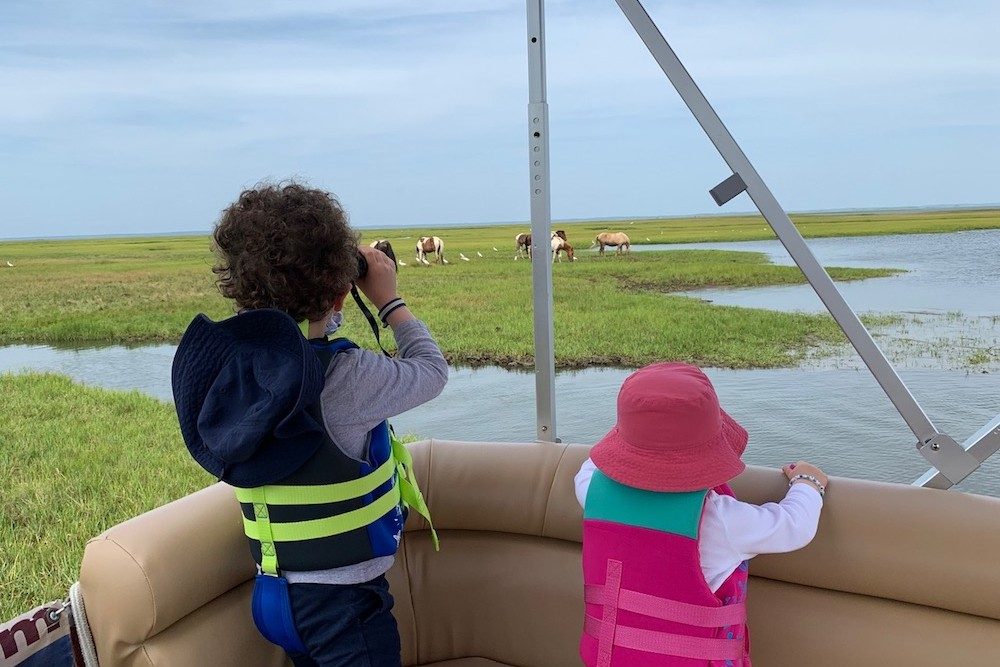
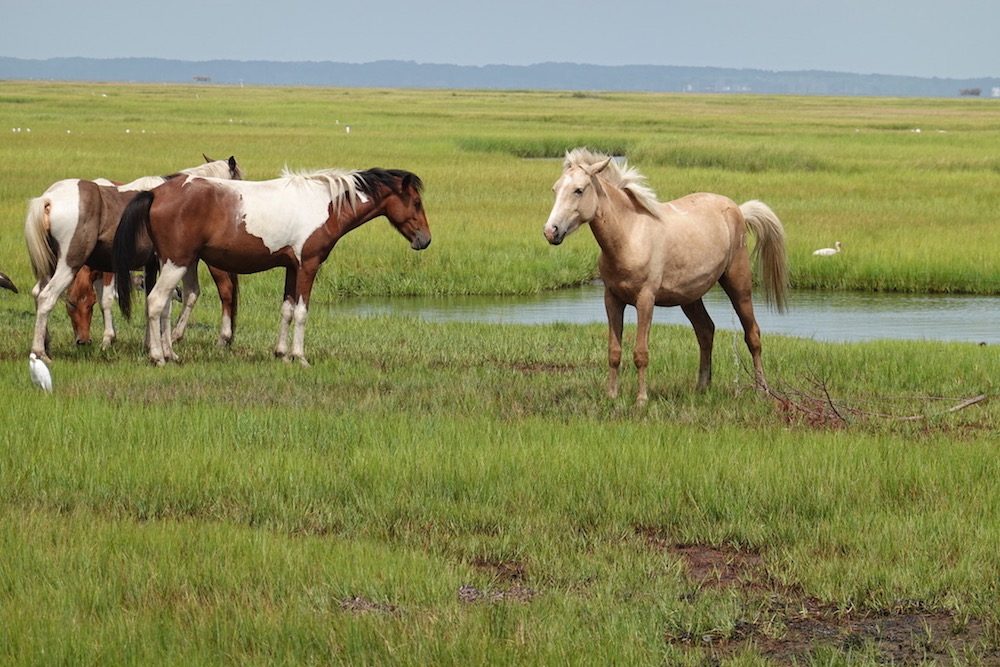
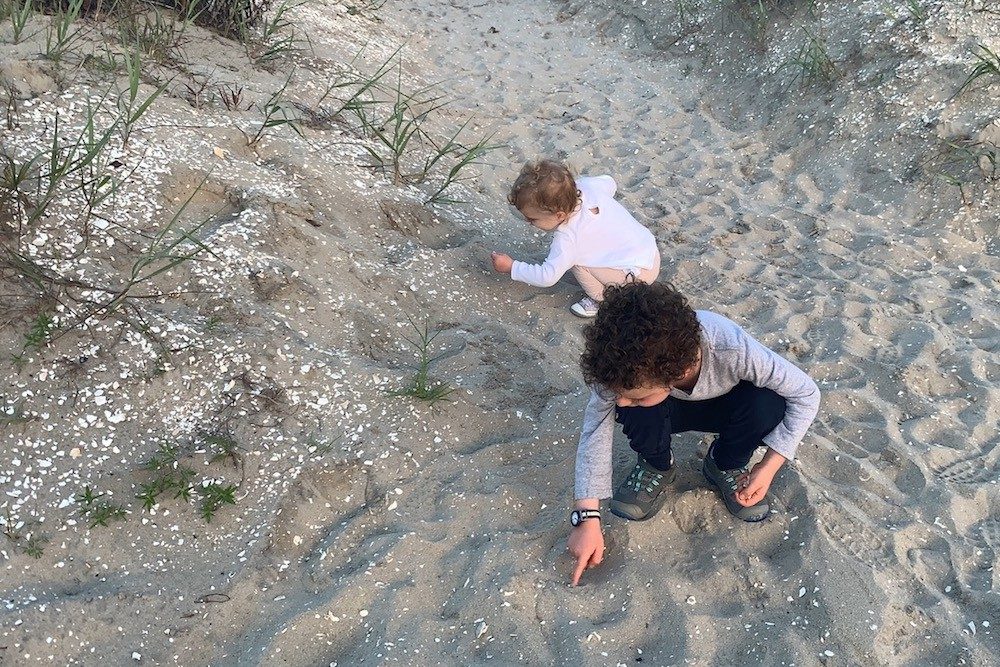
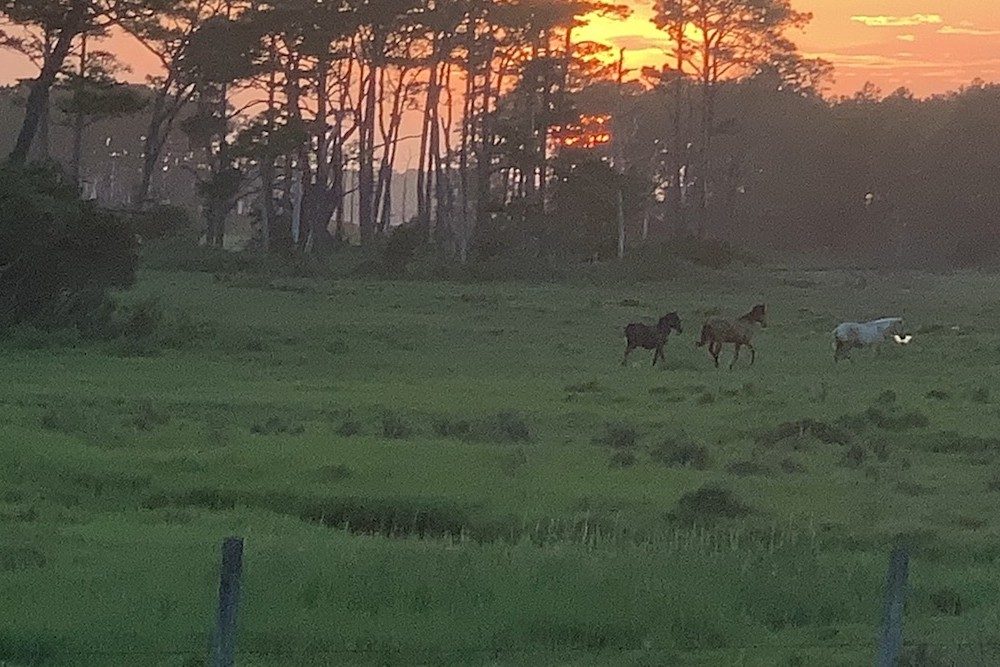
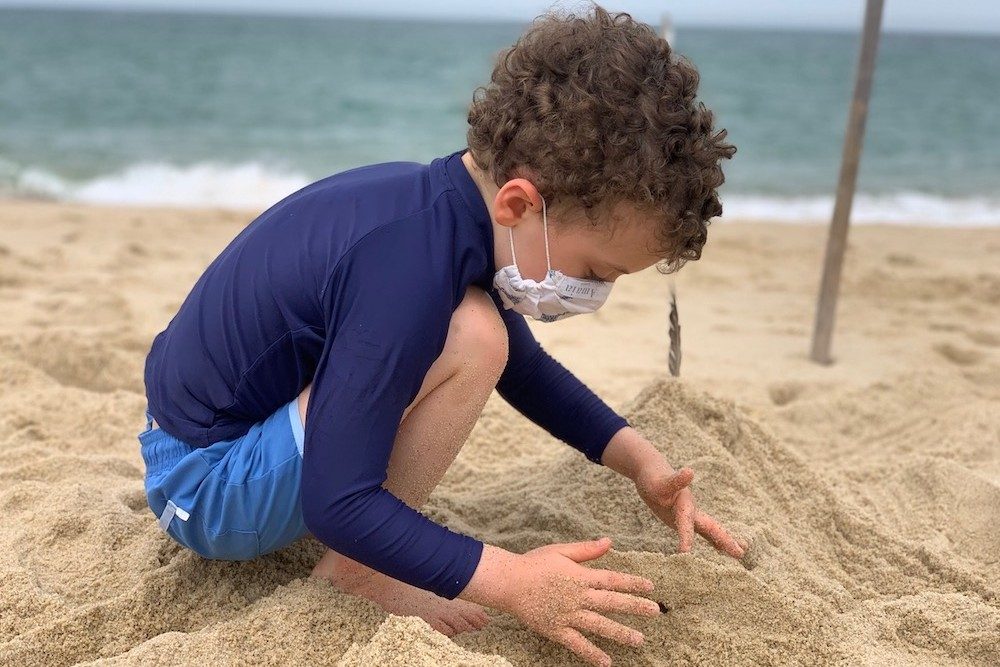
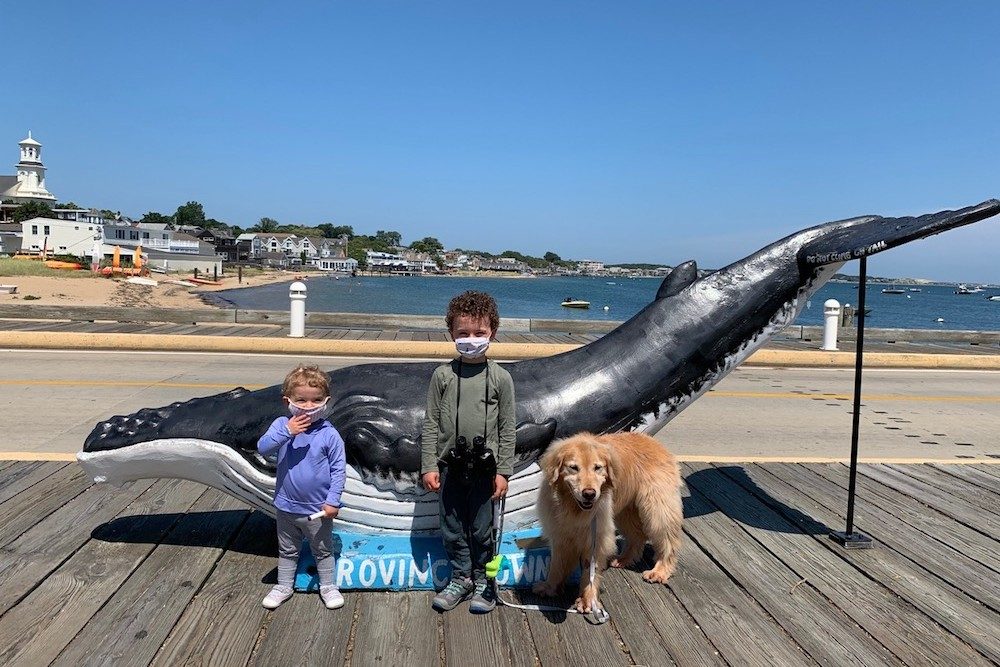
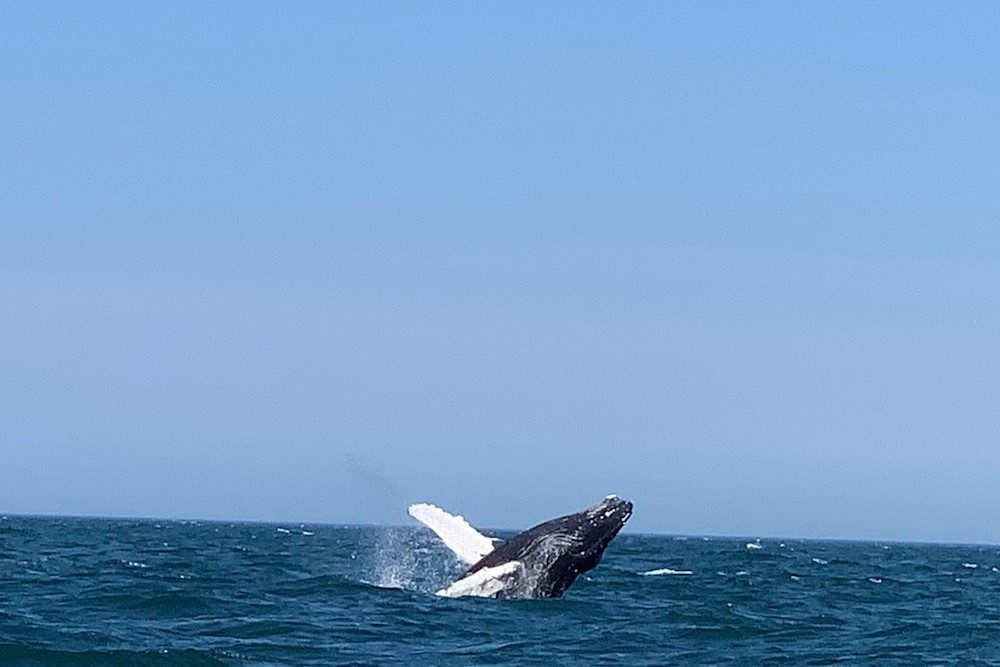
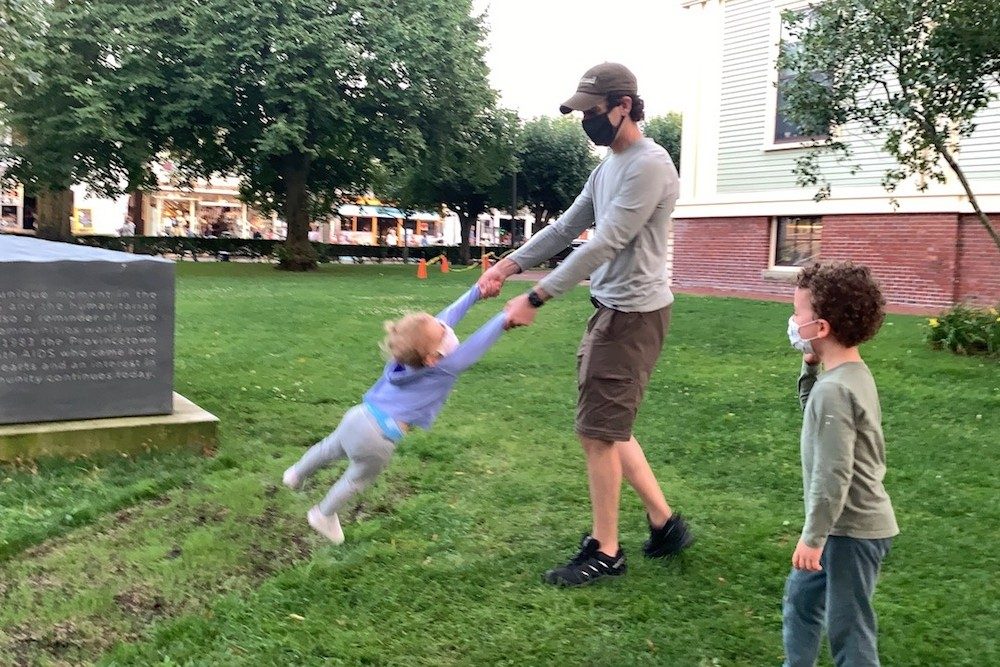
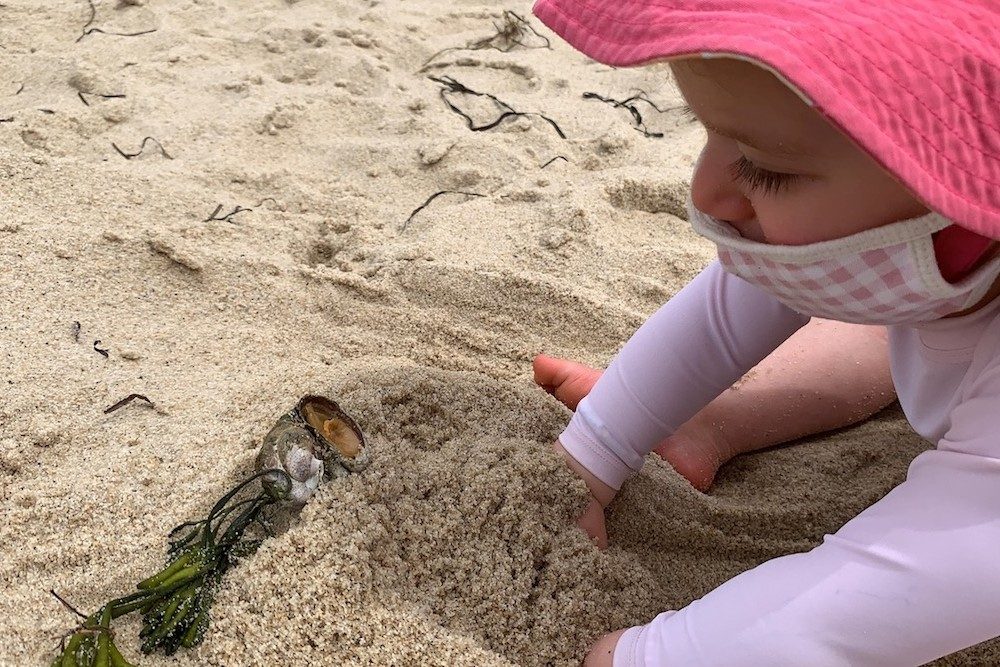
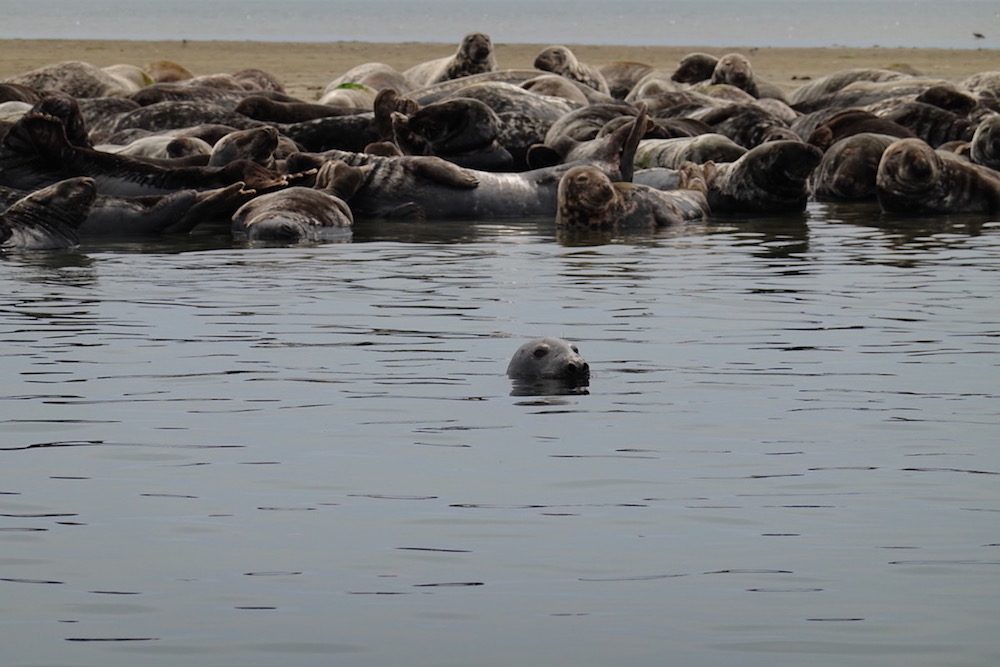
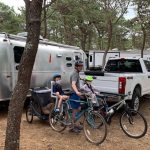
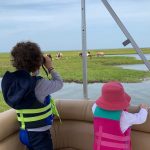
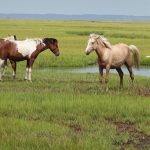
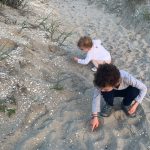
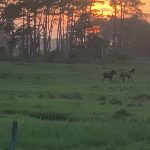
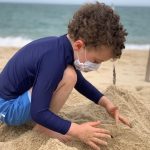
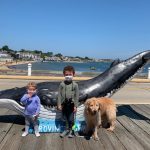
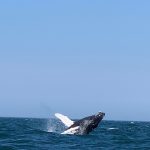
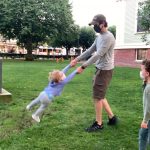

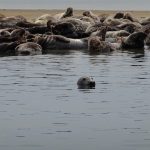
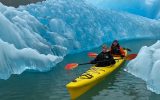
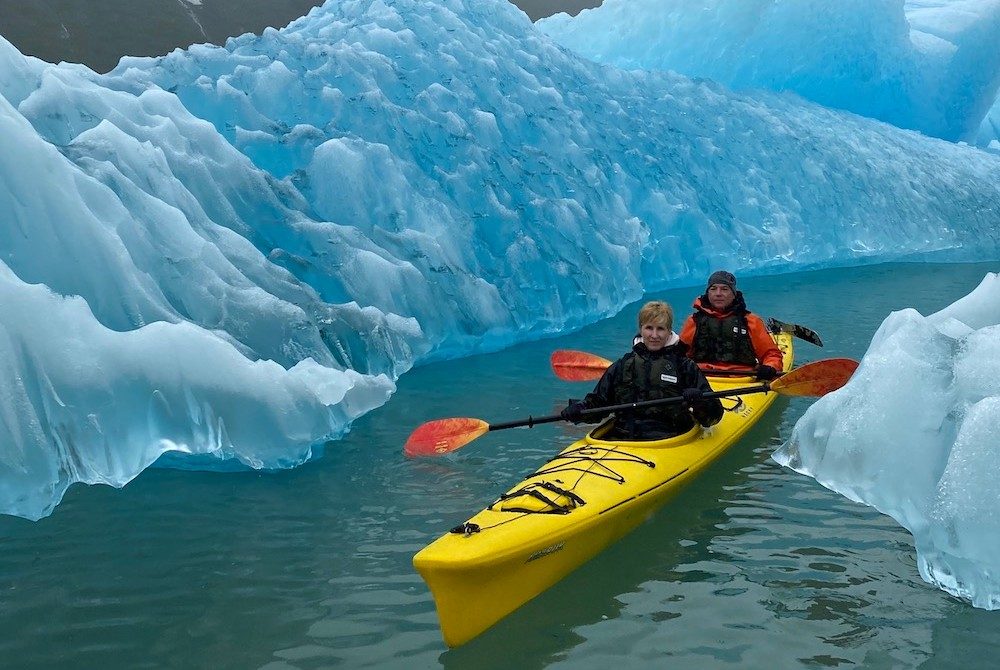
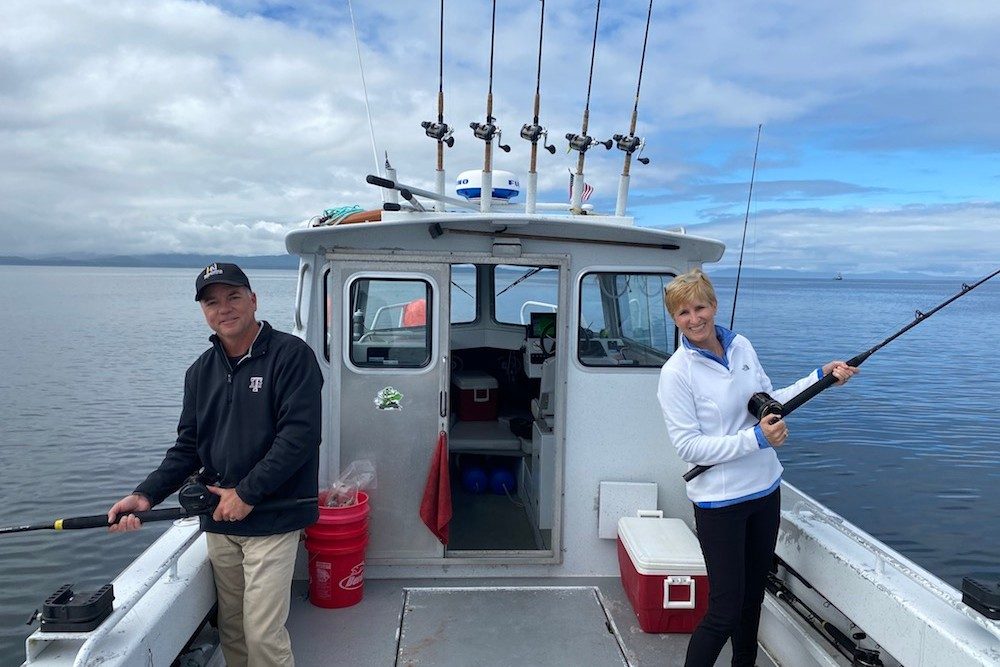
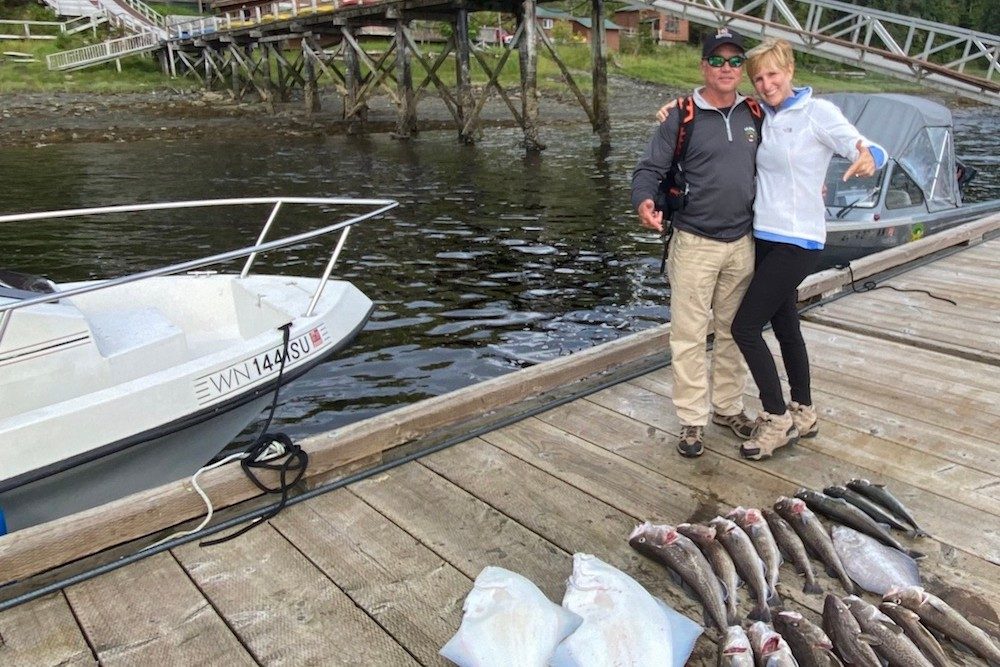
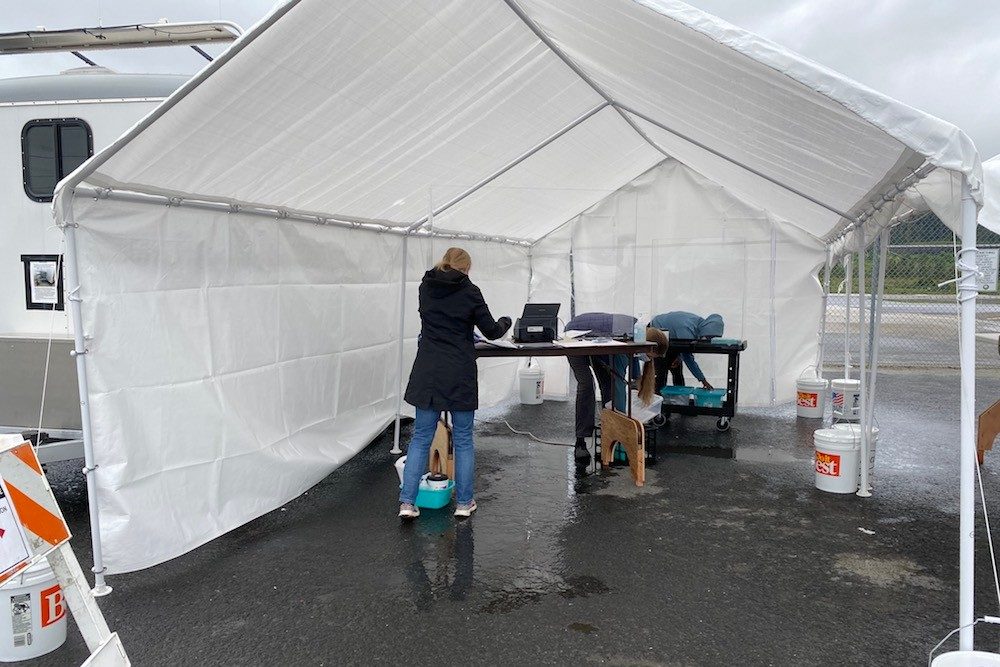
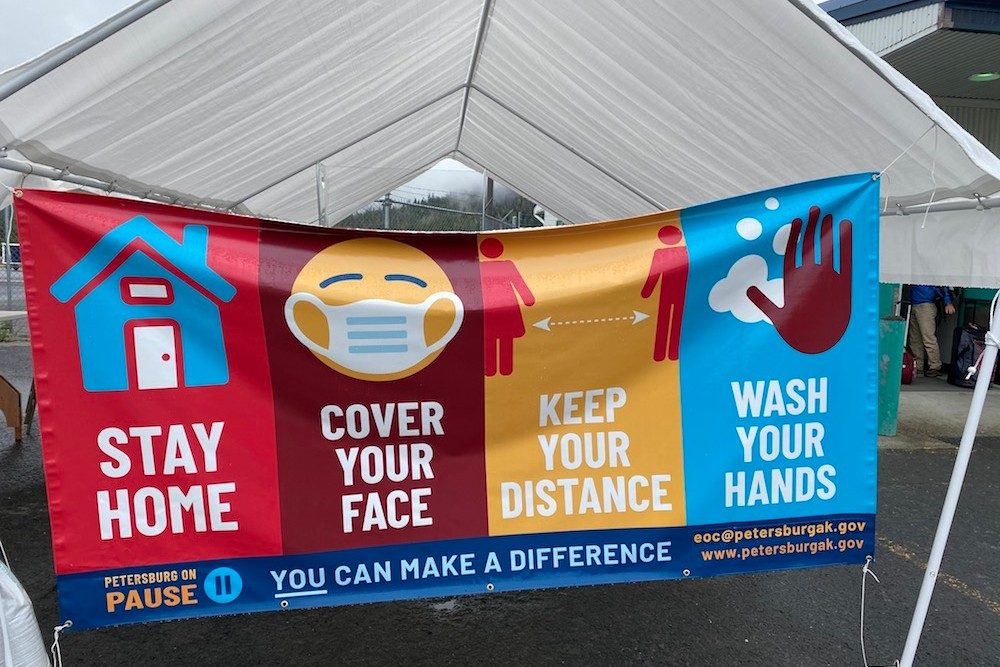
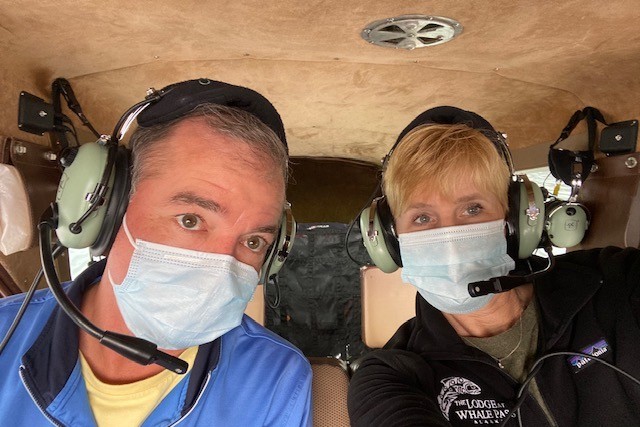
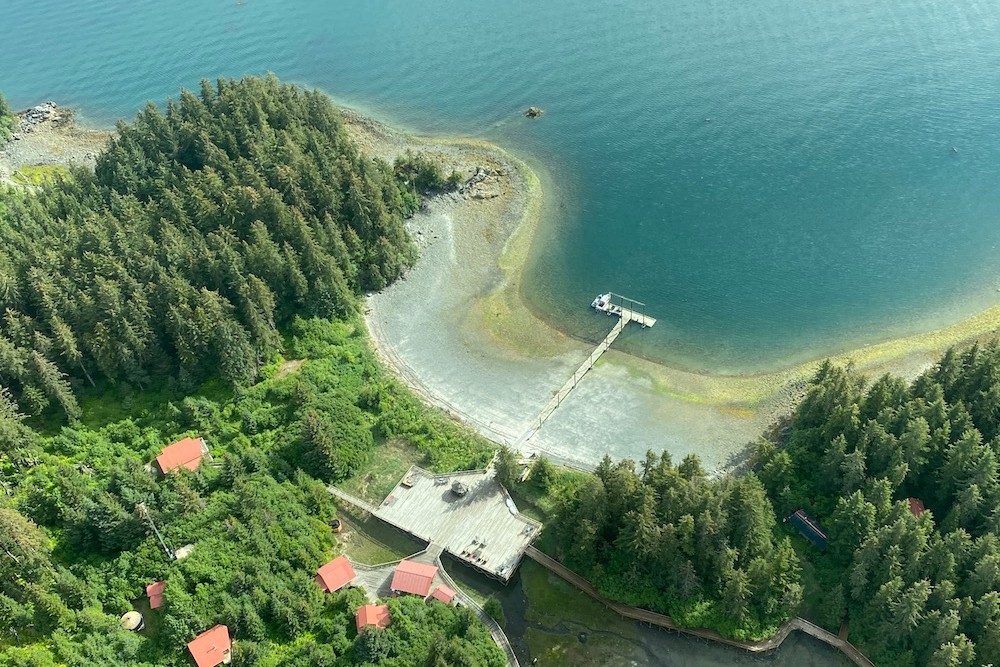
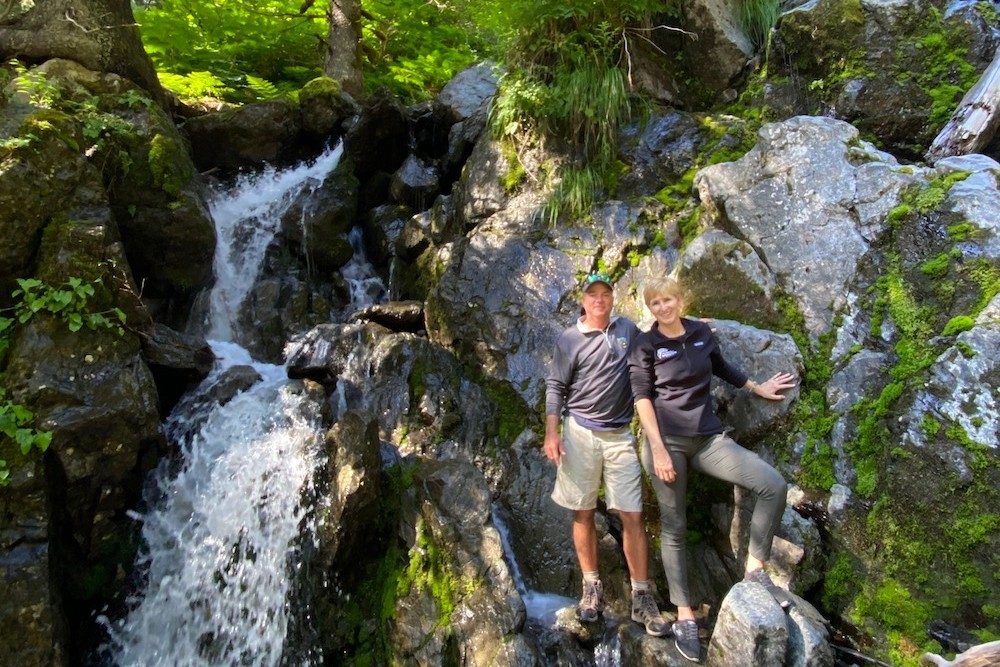
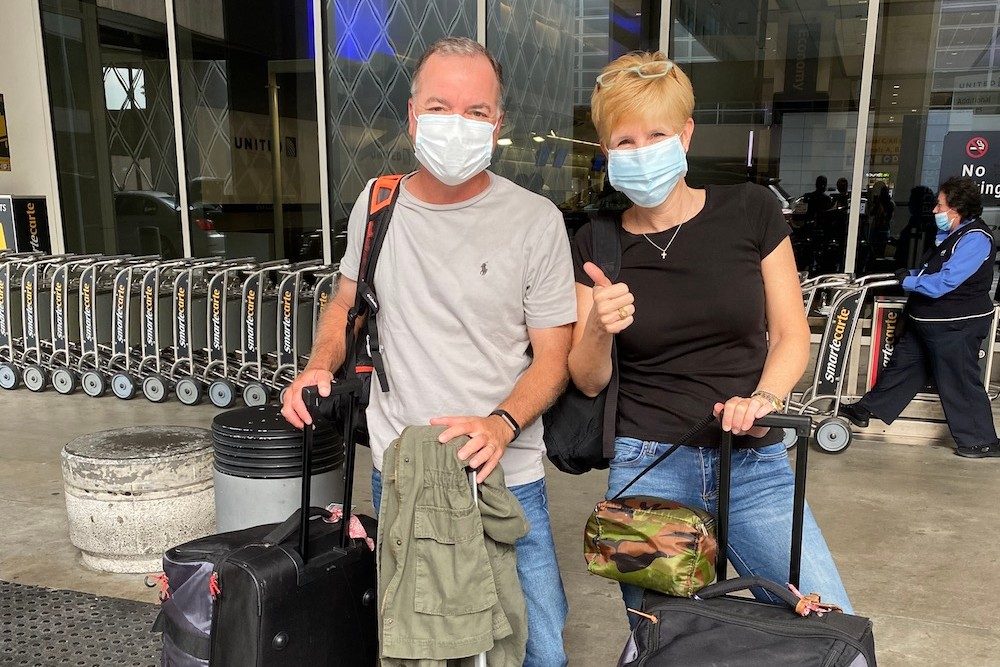
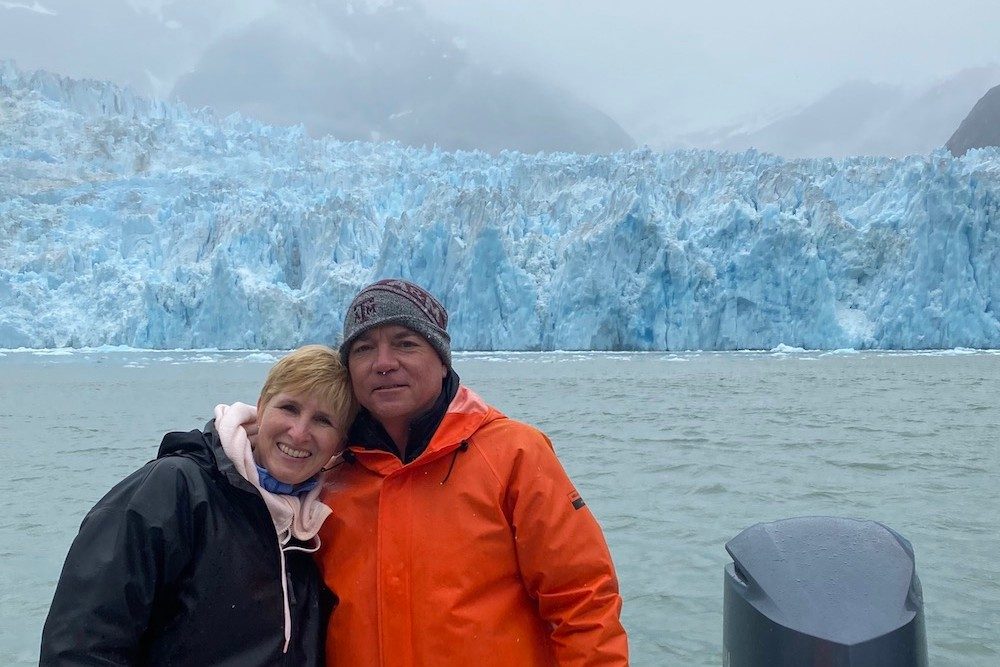
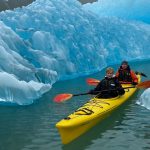
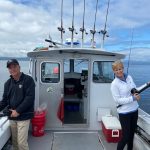
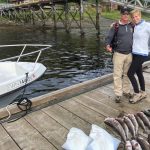
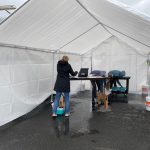
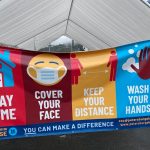
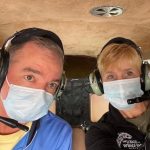
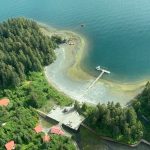
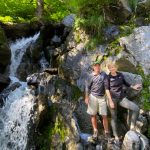
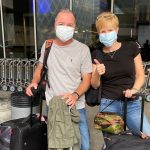
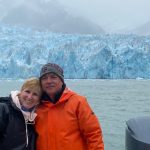

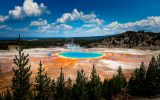

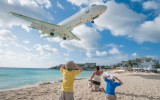
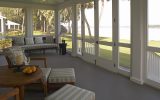

 That’s why I can’t wait to start traveling to unfamiliar places with Zeke again—when it feels safe to do so—and why I think those experiences are as important for his education as will be getting back into a classroom with his teachers and peers—once it’s safe to do that as well. I know many of you likewise love to travel with your children and grandchildren, and so we’ve compiled some tips and inspiration offered by our
That’s why I can’t wait to start traveling to unfamiliar places with Zeke again—when it feels safe to do so—and why I think those experiences are as important for his education as will be getting back into a classroom with his teachers and peers—once it’s safe to do that as well. I know many of you likewise love to travel with your children and grandchildren, and so we’ve compiled some tips and inspiration offered by our 